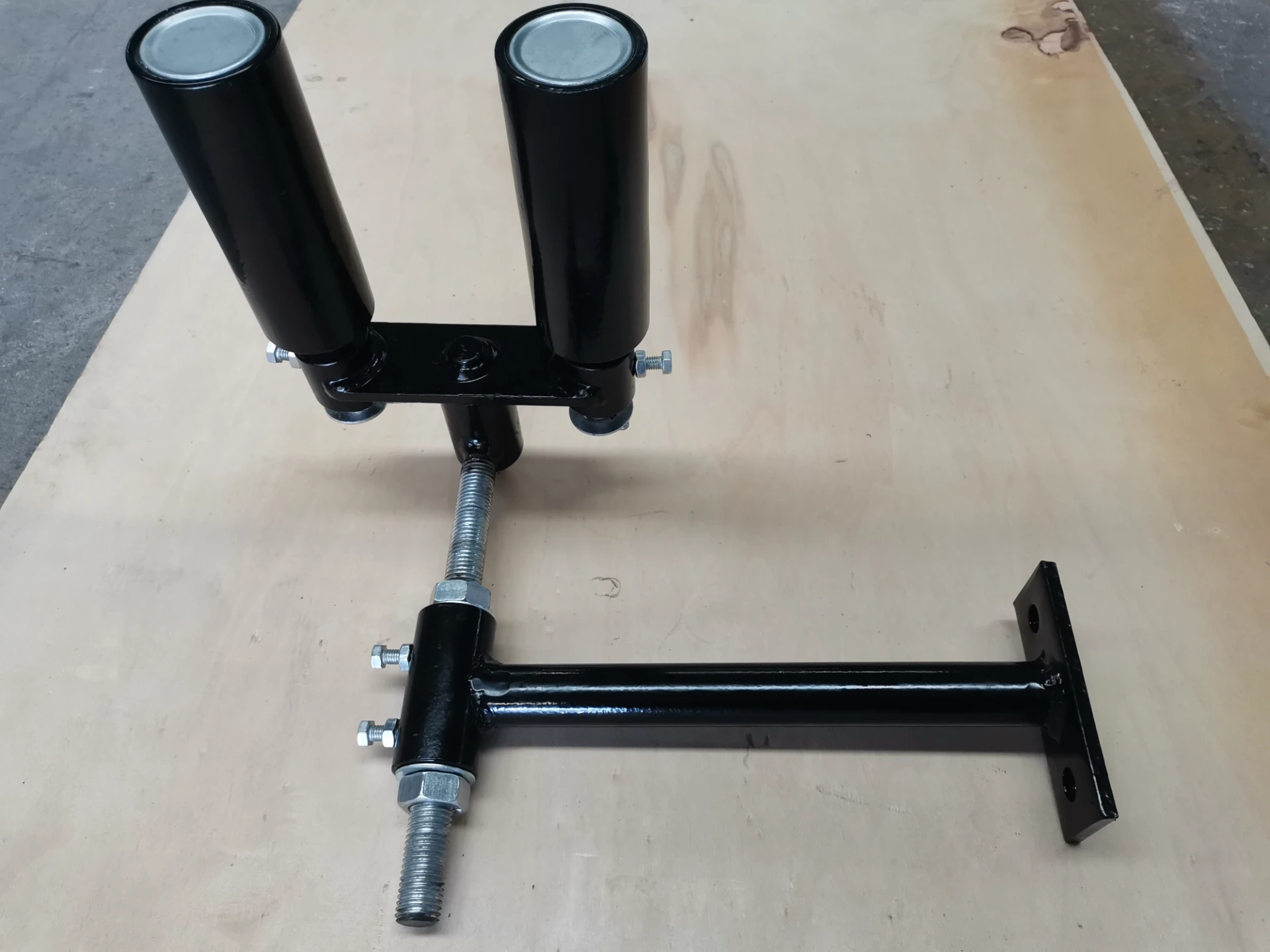 Afrikaans
Afrikaans  Albanian
Albanian  Amharic
Amharic  Arabic
Arabic  Armenian
Armenian  Azerbaijani
Azerbaijani  Basque
Basque  Belarusian
Belarusian  Bengali
Bengali  Bosnian
Bosnian  Bulgarian
Bulgarian  Catalan
Catalan  Cebuano
Cebuano  Corsican
Corsican  Croatian
Croatian  Czech
Czech  Danish
Danish  Dutch
Dutch  English
English  Esperanto
Esperanto  Estonian
Estonian  Finnish
Finnish  French
French  Frisian
Frisian  Galician
Galician  Georgian
Georgian  German
German  Greek
Greek  Gujarati
Gujarati  Haitian Creole
Haitian Creole  hausa
hausa  hawaiian
hawaiian  Hebrew
Hebrew  Hindi
Hindi  Miao
Miao  Hungarian
Hungarian  Icelandic
Icelandic  igbo
igbo  Indonesian
Indonesian  irish
irish  Italian
Italian  Japanese
Japanese  Javanese
Javanese  Kannada
Kannada  kazakh
kazakh  Khmer
Khmer  Rwandese
Rwandese  Korean
Korean  Kurdish
Kurdish  Kyrgyz
Kyrgyz  Lao
Lao  Latin
Latin  Latvian
Latvian  Lithuanian
Lithuanian  Luxembourgish
Luxembourgish  Macedonian
Macedonian  Malgashi
Malgashi  Malay
Malay  Malayalam
Malayalam  Maltese
Maltese  Maori
Maori  Marathi
Marathi  Mongolian
Mongolian  Myanmar
Myanmar  Nepali
Nepali  Norwegian
Norwegian  Norwegian
Norwegian  Occitan
Occitan  Pashto
Pashto  Persian
Persian  Polish
Polish  Portuguese
Portuguese  Punjabi
Punjabi  Romanian
Romanian  Russian
Russian  Samoan
Samoan  Scottish Gaelic
Scottish Gaelic  Serbian
Serbian  Sesotho
Sesotho  Shona
Shona  Sindhi
Sindhi  Sinhala
Sinhala  Slovak
Slovak  Slovenian
Slovenian  Somali
Somali  Spanish
Spanish  Sundanese
Sundanese  Swahili
Swahili  Swedish
Swedish  Tagalog
Tagalog  Tajik
Tajik  Tamil
Tamil  Tatar
Tatar  Telugu
Telugu  Thai
Thai  Turkish
Turkish  Turkmen
Turkmen  Ukrainian
Ukrainian  Urdu
Urdu  Uighur
Uighur  Uzbek
Uzbek  Vietnamese
Vietnamese  Welsh
Welsh  Bantu
Bantu  Yiddish
Yiddish  Yoruba
Yoruba  Zulu
Zulu Jan . 14, 2025 09:51
Back to list
spiral return idler
Spiral return idlers are a quintessential component in conveyor systems, especially within industries handling bulk materials such as mining, construction, and agriculture. These idlers play a pivotal role in maintaining the conveyor belt's alignment and reducing material build-up, ultimately enhancing the efficiency and lifespan of conveyor systems.
A reputable case study involves a mining operation in Australia where spiral return idlers were implemented as part of an upgrade to their existing conveyor system. The result was a marked reduction in downtime due to less frequent cleaning and alignment procedures, showing a direct impact on productivity levels. The installation of spiral return idlers also coincided with a reduced energy consumption rating for the conveyor system, attributed to the smoother operation and decreased resistance against the belt. The credibility of spiral return idlers is further enhanced by testimonials from industry experts, alongside endorsements from leading conveyor system manufacturers. Resources and technical guides frequently reference spiral return idlers as essential components for bulk handling applications, associating them with improved operational efficiency. Moreover, these idlers hold a sustainable edge by decreasing the need for regular belt replacement, thus fostering responsible resource usage. The integration of spiral return idlers aligns with modern directives aiming at sustainability, by promoting longer service cycles and reducing industrial waste. In conclusion, spiral return idlers exemplify an intersection of intelligent design and practical ingenuity. As industries continue to seek ways to optimize conveyor operations, these idlers represent both a solution to current challenges and a formidable investment into future operational efficiencies. They embody expertise, experience, authority, and trust, ensuring that conveyor systems function optimally, thereby solidifying their place within any well-structured conveyor system upgrade.


A reputable case study involves a mining operation in Australia where spiral return idlers were implemented as part of an upgrade to their existing conveyor system. The result was a marked reduction in downtime due to less frequent cleaning and alignment procedures, showing a direct impact on productivity levels. The installation of spiral return idlers also coincided with a reduced energy consumption rating for the conveyor system, attributed to the smoother operation and decreased resistance against the belt. The credibility of spiral return idlers is further enhanced by testimonials from industry experts, alongside endorsements from leading conveyor system manufacturers. Resources and technical guides frequently reference spiral return idlers as essential components for bulk handling applications, associating them with improved operational efficiency. Moreover, these idlers hold a sustainable edge by decreasing the need for regular belt replacement, thus fostering responsible resource usage. The integration of spiral return idlers aligns with modern directives aiming at sustainability, by promoting longer service cycles and reducing industrial waste. In conclusion, spiral return idlers exemplify an intersection of intelligent design and practical ingenuity. As industries continue to seek ways to optimize conveyor operations, these idlers represent both a solution to current challenges and a formidable investment into future operational efficiencies. They embody expertise, experience, authority, and trust, ensuring that conveyor systems function optimally, thereby solidifying their place within any well-structured conveyor system upgrade.
Latest news
-
Revolutionizing Conveyor Reliability with Advanced Rubber Lagging PulleysNewsJul.22,2025
-
Powering Precision and Durability with Expert Manufacturers of Conveyor ComponentsNewsJul.22,2025
-
Optimizing Conveyor Systems with Advanced Conveyor AccessoriesNewsJul.22,2025
-
Maximize Conveyor Efficiency with Quality Conveyor Idler PulleysNewsJul.22,2025
-
Future-Proof Your Conveyor System with High-Performance Polyurethane RollerNewsJul.22,2025
-
Driving Efficiency Forward with Quality Idlers and RollersNewsJul.22,2025
OUR PRODUCTS





























